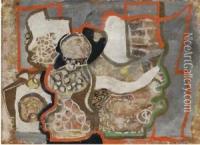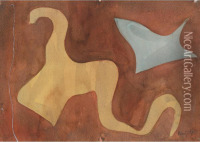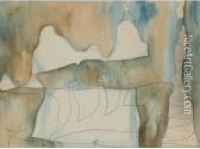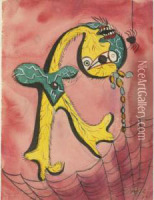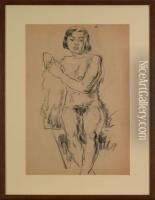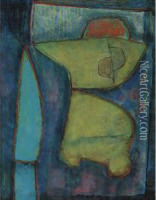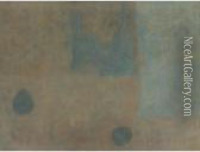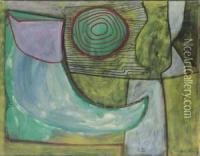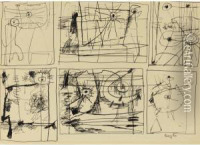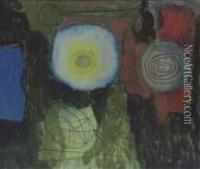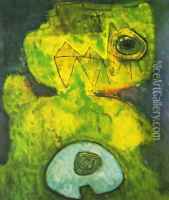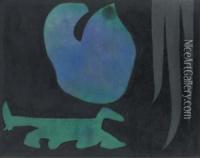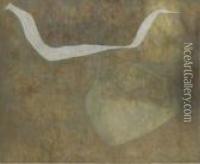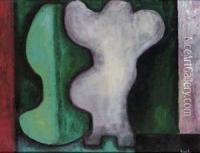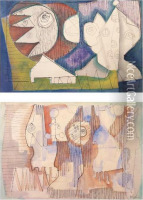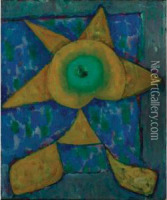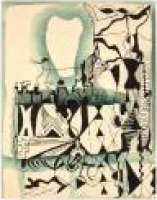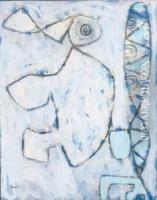William Baziotes Paintings
William Baziotes was an American painter born on June 11, 1912, in Pittsburgh, Pennsylvania. He was associated with the Abstract Expressionist movement, which was centered in New York City during the 1940s and 1950s.
Baziotes grew up in Reading, Pennsylvania and later moved to New York City, where he studied at the National Academy of Design from 1933 to 1936. His early work was influenced by Surrealism, particularly the emphasis on subconscious imagery. He was also influenced by the teachings of Hans Hofmann and the writings of Carl Jung on the collective unconscious, which informed his exploration of mythological and archetypal symbols in his paintings.
During the 1940s, Baziotes became part of the burgeoning New York art scene, befriending other artists such as Mark Rothko, Jackson Pollock, and Robert Motherwell. Together with Motherwell, Baziotes was one of the founders of the Subjects of the Artist School in New York in 1948, an informal school where artists could discuss ideas and share their work.
Baziotes' painting style evolved into a form of lyrical abstraction characterized by soft, biomorphic shapes floating on muted, dreamlike backgrounds. His canvases often evoke a sense of the primordial and mystical, attempting to capture the ineffable aspects of human experience. Though his work is abstract, Baziotes often used titles that suggest a narrative or representational element, leaving interpretations open to the viewer.
His work has been exhibited in many prominent institutions, including the Peggy Guggenheim Collection in Venice and the Museum of Modern Art in New York. Despite his death from lung cancer on June 6, 1963, in New York City, Baziotes' contribution to Abstract Expressionism and American modern art has been recognized with posthumous exhibitions and retrospectives, ensuring his place in the canon of 20th-century American artists.
